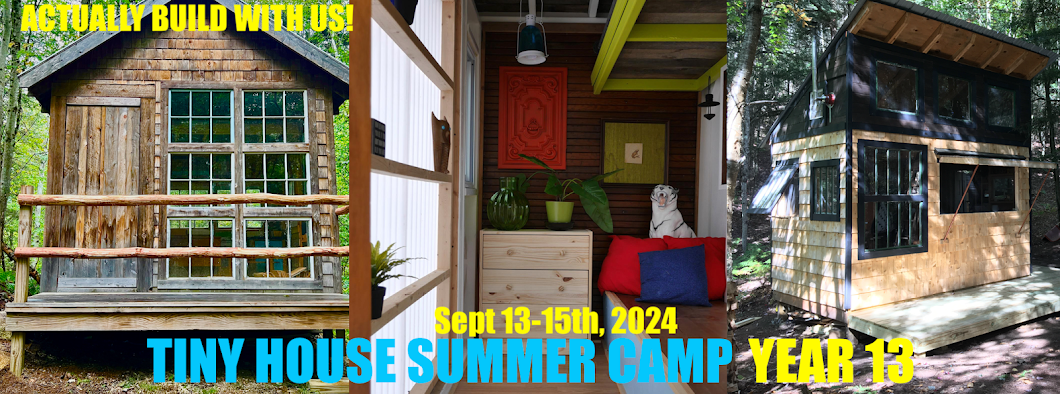Over the past two months, in preparation for my new eventual book through The Lyons Press, I’ve talked to Pete Nelson of The Treehouse Workshop Inc. many times. Pete is the author of SEVERAL books on the subject, has built countless extravagant and ultra-cool tree homes, and is certainly a man in love with his job. You can check out his company The Treehouse Workshop HERE.
When asked about some treehouse basics, here’s what Pete had to tell me/us…
First of all know that in building a treehouse you are building in a dynamic, living thing. We mean to keep everyone involved healthy and happy, and to respect the tremendous forces that are often involved.
The tree to house interface is accomplished best through the use of Treehouse Attachment Bolts (TABs) also known as GLs or Garnier Limbs. TABs are large lag-style bolts that have a 3″ diameter “boss” similar in size to a beer can, mounted about 6″ up a 1-1/4″ diameter by 24″ long steel shaft (lengths vary). The six inch end and approximately half of the boss is inserted into the tree, and the remaining shaft sticks out of the tree horizontally. Currently these bolts are available on several specialized websites, but they are not patented and can be fabricated at any good machine shop. Exact formulas for proper fabrication is listed on engineer Charles Greenwood’s www.treehouseengineering.com website.
The simple beauty of these bolts is that they can support incredible loads, and that the trees don’t mind them. Depending on the type of tree, they can support between 8-12,000 lbs. And trees absorb them as they do their own dead branches.
The next area of importance is to be sure in a multiple tree situation that the trees can flex and sway independently of each other. Simple heavy-duty hardware solves this challenge. Have a look at some of the websites or my treehouse books to understand the principle, but basically I anchor one end of a large beam, perched on top a TAB, with a “static uplift arrestor”. The other end of the beam will need to flex along its axis and is therefore connected to the top of the TAB with a “dynamic uplift arrestor”. Typically there is a 7″ “throat” on my DUA’s, but if you expect your trees to move more than that simply expand the throat. If you are high up in a group of two or more trees, you can use the TAB to hang a cable or chain from and thereby attain far more flexibility.
—————————-
Well, from Pete himself, there are some of the basic rules of thumb- subjects which is GREATLY elaborates on within his collection of books on the topic.
As for our own Relaxshacks.com 2011 Tiny Shelter/House, Hands-On Workshop- we are going to collectively build a structure- and I’m leaning towards a treehouse/tree-shelter as of lately- we’ll see. Ultimately I might turn to the attendees to see what THEY want to help out with. More info on our workshop is HERE…. Its $195 for a 13 hour, very intensive day, with MANY guests/demonstrators- Mimi Zeiger, Alex Pino, Dustin Diedricksen, The Whittled Down Caravan will be stopping by, etc…
=Derek “Deek” Diedricksen




